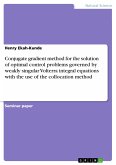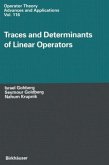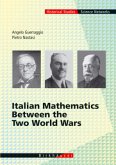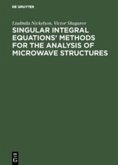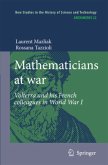Seminar paper from the year 2015 in the subject Mathematics - Applied Mathematics, grade: A, , language: English, abstract: In scientific and engineering problems Volterra integral equations are always encountered. Applications of Volterra integral equations arise in areas such as population dynamics, spread of epidemics in the society, etc. The problem statement is to obtain a good numerical solution to such an integral equation.A brief theory of Volterra Integral equation, particularly, of weakly singular types, and a numerical method, the collocation method, for solving such equations, in particular Volterra integral equation of second kind, is handled in this paper. The principle of this method is to approximate the exact solution of the equation in a suitable finite dimensional space. The approximating space considered here is the polynomial spline space. In the treatment of the collocation method emphasis is laid, during discretization, on the mesh type. The approximating space applied here is the polynomial spline space. The discrete convergence properties of spline collocation solutions for certain Volterra integral equations with weakly singular kernels shall is analyzed. The order of convergence of spline collocation on equidistant mesh points is also compared with approximation on graded meshes. In particular, the attainable convergence orders at the collocation points are examined for certain choices of the collocation parameters.


